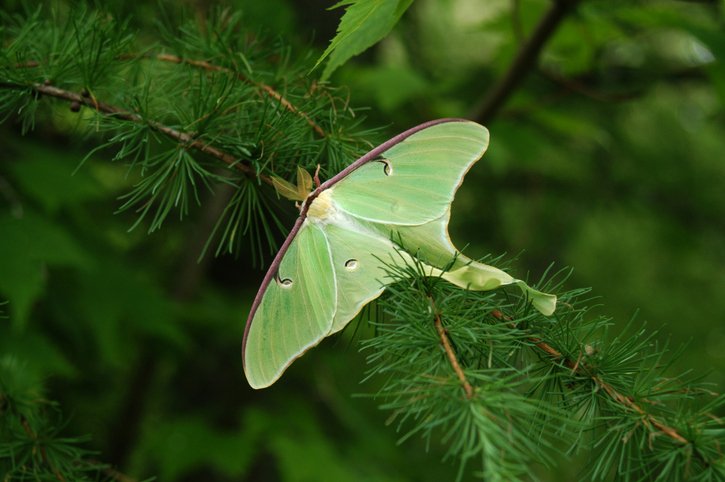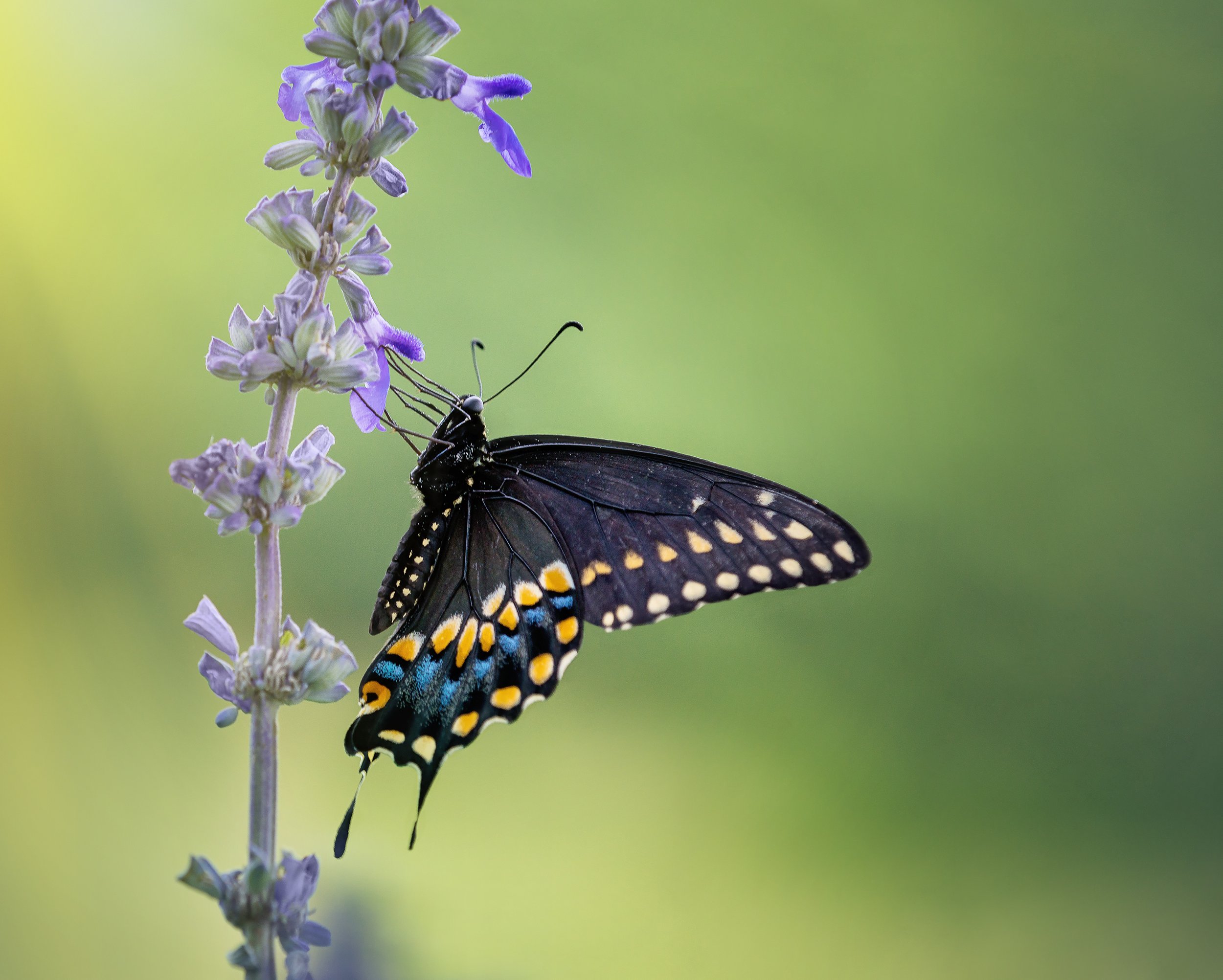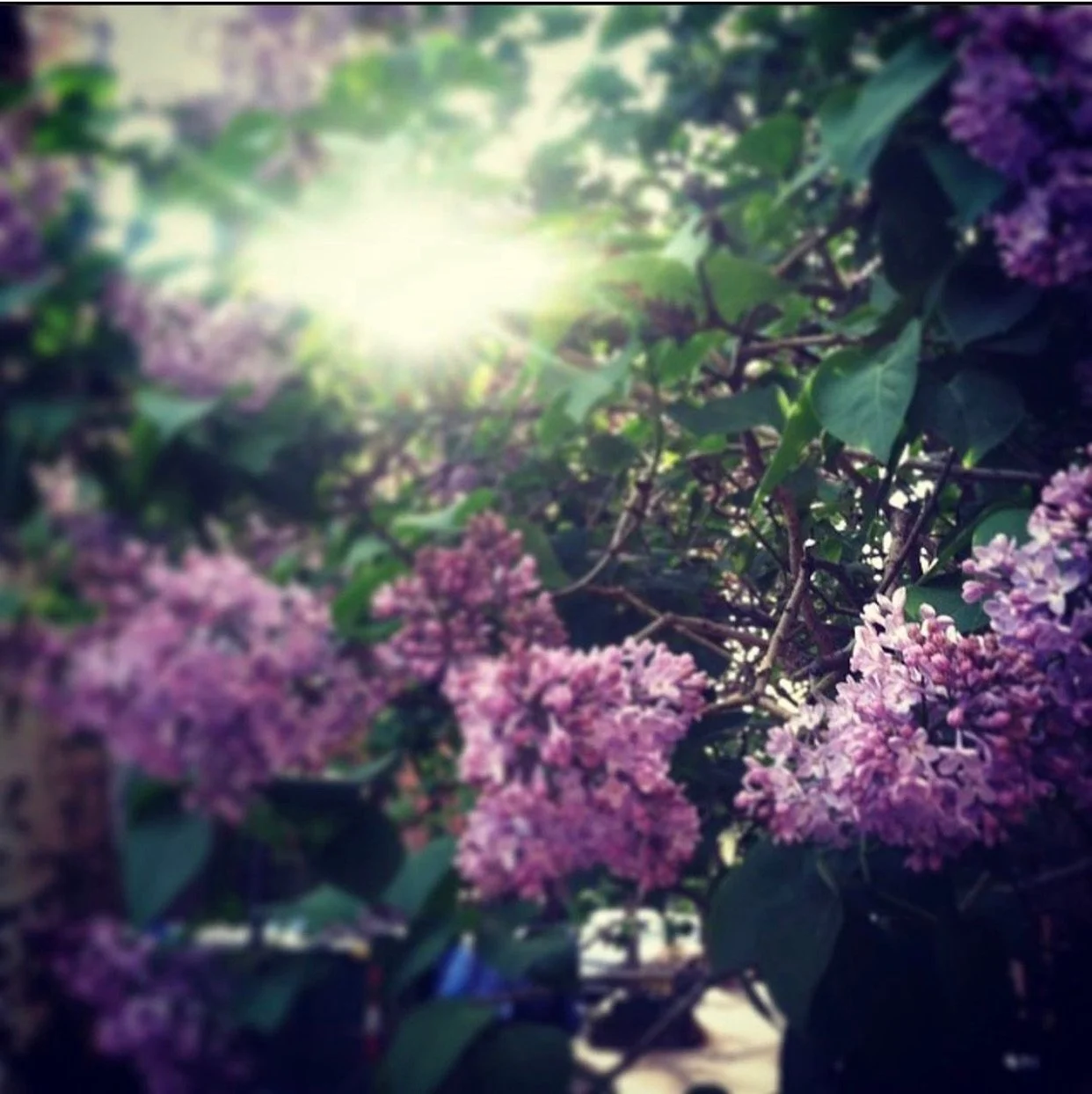8 Beneficial Insects to Welcome to the Garden
/Most insects are your pals.
For every mosquito being a jerk, there are 98.5 insect species who are not only a) not-bugging you but b) keeping the food web alive for everyone else here on Planet Earth.
The fact is, most (98-99%) insects don’t cause humans any problems at all. * Millions of them aren’t taking a detour from their lives to visit your garden.
They are not thinking about you at all. They are indifferent.
That’s why you like going out into your garden and are not living in a plastic bubble.
And when you consider that insects account for 90% of all animals on the planet (biologically speaking, insects are members of the Animal Kingdom) it’s amazing how little we actually interact with them.**
So let’s meet some of the insects taking care of your garden.
Some 6-Legged Garden Friends.
1. Green Lacewing
This insect brings a delicate style to the garden with its clear netlike wings and pale green body. Deceptively ethereal, the lacewing brings great IPM as a side effect to its predatory nature: during its childhood stage the green lacewing devours aphids (even smaller insects which feed on and can undermine some plants’ health).
Strangely enough, as a child / larva, the lacewing does not look like the adult at all, actually flouting the whole delicacy motif and instead more reptilian in appearance #uglyduckling. (Genus: Chrysopa and Chrysoperla).
2. Silky Striped
Sweat Bee
This pollinator introduces our glamour category with its metallic green coloring. Its eyes are patterned like a green leopard print! Females are green entirely except for their wings, and males have a striped yellow & black abdomen.
These bees are said to like the taste of sweat, hence the name. Here, she’s nectaring from a native Verbena hastata or blue vervain flower. (Agopastemon sericeus).
3. Black Swallowtail Butterfly
Here’s a butterfly no New Yorker would be ashamed to be seen with.
Its body (abdomen and thorax) appears to be clad in a black and white polka dotted French number of some well-tailored variety. Richly black, its wings have two rows of yellow dots when open, a brushstroke of blue at the base (more obvious in the females), and a rod dot where the wings meet the tail, in the males. It also has orange dots on the outside of the wings, visible when they’re closed.
A North American pollinator, among others this friend likes milkweed, phlox, and clover nectar.
Its striped black, bright green, and yellow caterpillar’s host plants include Queen Anne’s Lace and dill.
The adult Black Swallowtail gets the next generation underway quickly; it lives just one week! (Papilla polyxenes)
4. Praying Mantis
We mostly see three kinds of mantids in the NYC area: the native Carolina mantid, 2” long and brown; the European mantid (Mantis religiosa), from which this general common name is derived, 3” long and plant-matching green; and the Chinese mantid, 3-5” long, brown and light green. These marvelous beings can rotate their heads 180 degrees, and they set their kids up for success by laying eggs in a protective egg case called an ootheca, where the eggs overwinter and emerge in Spring.
Yes, those rumors are true: the female of the species does in fact turn that head 180 degrees and bit the male’s head off during sex. And afterwards, she eats the rest of him. This is all in the service of creating and nourishing eggs. Talk about a self-sacrificing father….Their offspring are mini-me’s, looking just like miniature adults, but not yet capable of flying.
Mantids prey on all kinds of insects, from pests to beneficial ones. Like the lacewing and the ladybug, they will control aphid infestations.
The praying mantis lives for about a year. Genus: Mantis.
5. Flower Fly
A.K.A. Drone fly, Syrphid fly
Some members of this fly family look so much like bees that predators familiar with bee stings will give them wide berth (a clever form of self protection known as Batesian mimicry).
Unlike bees, the syrphid fly has big eyes, much shorter antennae, and just one pair of wings. Many syrphid flies dine on the ubiquitous aphid as well as scale, mites, and mealybugs. They produce 5-7 generations a year. (Eristalis arbustorum )
6. Bumblebee
The teddy bears of the bee superfamily, bumblebees are more effective pollinators even than managed honeybee hives. They usually make their nest underground, and they don’t make honey because most of them pass away when the weather grows cold—all except the queen, who hunkers down in the nest till Spring.
In summertime, you might notice a bumblebee or three asleep on the petals of a flower in late afternoon. And there’s a method to their buzziness: they buzz to keep warm, to vibrate the pollen free from the flower to make it easier to collect. (Genus Bombus)
7. Firefly,
Lightening bug
I hope you are familiar with fireflies from childhood. On summer nights, they blink a yellow glow from their abdomen on, off; on, off. Children gather them and let them go, watching the light blink into the distance, like a boat on the water through trees.
When a female firefly (a beetle, to be precise) lays her eggs in the soil, sometimes they give off a little bioluminescence themselves. The larvae/kids look nothing like the adult—more like a tiny armadillo—and they eat snails, slugs, and such. The adult firefly lives for about a month, though it can take a year or two for its full life cycle, form egg to adult, to unfold. (Family Lampyridae)
8. Long-Legged Fly
I love this guy.
He comes in bright metallic colors that would suit a toy car. A very slim, dapper fly with a delicate green or copper narrow body, you will not be surprised he is able to take on the minuscule aphids that are deforming your roses or milkweed plants.
However, this insect also dines on mosquitos!
When gardeners speak of the Long-legged fly, they speak of biocontrol. Invite him over to the garden! (Genus Condylostylus spp.)
#bonus
Luna Moth
This gorgeous North American moth is unlikely to visit your NYC garden, in truth, but if you go hiking you may encounter it.
Pale green, with elegant wings (4in in span), with eye like markings to replicate the face of a much larger animal and thus scare off predators, the luna moth plays a role as pollinator and also is a source of food in its own right. Its caterpillars find sustenance in birch, sumac, alder, persimmon, walnut, hickory, and sweetgum trees, then form a cocoon in which to transform into this splendid moth. The moth itself, a member of the silk family, has no mouth, and lives off the store of previous nourishment in its short (one week) life span, during which time it mates and lays eggs for the next generation to come forth. (Actis luna)
Notes
* Agriculturalists and NYC apartment-dwellers, among others, will have a slightly different list of insect pests from the gardener’s.
** There are approximately 1.4 billion insects for every person on Earth. The total weight of all the insects is about 70 times more than all the people. — The Royal Entomological Society https://www.royensoc.co.uk/understanding-insects/facts-and-figures/
RECOMMENDATIONS
(not paid endorsements!)
1. These are the binoculars that I have been using to view insects up close and birds at a distance.
2. A good introductory book to learn about and identify insects: Peterson’s First Guide to Insects
3. INaturalist app—Not only can you get help identifying that plant, insect, bird, animal, but you can also record where & when you have seen what species, and in that way help scientists who are studying biodiversity.






























Chants for plants; birdsong DJing; pink ladies and their ghosts; John & Yoko country; & art fundraiser for World Central Kitchen.